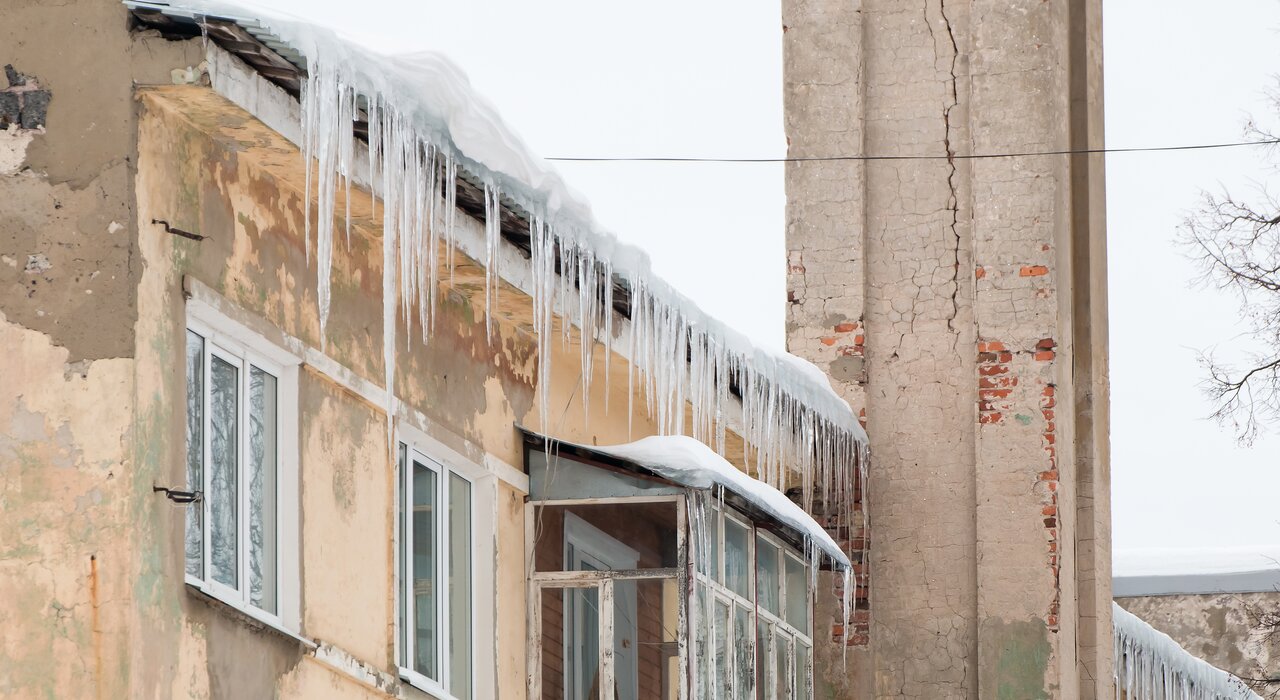
Render is designed to act as a protective barrier, ensuring that harsh temperatures and climates have a minimal effect on the structure of your property. As we know, however, freezing and thawing cycles of water are incredibly destructive for any material.
This week, we’re going to talk a bit about the effect of freezing temperatures on your EWI and render system.
Freezing temperatures and render application
The application temperatures of most renders generally falls between +5°C and +25°C, although this can depend on the type of render and the brand that you are using. Different manufacturers give different instructions so always check the bag. The general rule of thumb is that if you are applying your render in especially wet, rainy, and freezing conditions, then the render is likely to fail.
The likely cause of failed render application is that the temperatures are low. As a result, the water within the formula will not properly evaporate from the render. This means that when applied and then left to dry overnight in freezing temperatures, the water within the render will freeze and expand, causing cracks to form. It can also make its way into the brickwork, where it will freeze and thaw repeatedly.
Products that offer a solution to application in cold temperatures:
Freezing temperatures are a no-go for applying render. However, there are a couple of solutions for the winter months when the temperatures are consistently low.
Winter Adhesive:
The ideal solution for when there is no escaping the weather. The Winter Adhesive can be applied at temperatures even down to zero degrees. Therefore, it allows for a level of flexibility in terms of application temperature and year-round work. The product also maintains superior performance when mixed; it is highly hydrophobic, frost-proof, and has accelerated drying times. There is scope for year-round use, however, the Winter Adhesive tends to dry too quickly for the basecoat layer in temperatures above 12°C.
Render Accelerator:
Ideal for mixing in with our ready-mix renders, the render accelerator speeds up drying times so that the render is not left wet and exposed to the elements for too long after application. It significantly reduces the risks of failed render when applied in the winter months.
Freezing temperatures and old renders
Most often, damage to render occurs years down the line. Freezing temperatures can have a very negative effect on old, cracked renders. Sand and cement renders are particularly prone to large cracks. If your render has cracks within it, then water will be drawn into the crack to settle within the material.
Once this has happened, it’s only a matter of time before the crack starts to grow. This occurs due to the constant expansion and contraction of the water during the freezing and thawing process. Cracks within renders need to be caught early and sealed over to prevent this from happening! You can read about some other render problems and how to fix them here!
Frost-proof renders
Because sand and cement render is the most common culprit of this, the best kind of render for preventing damage from freezing temperatures and frost is a thin coat render. Silicone render is a thin coat render. It is frost-proof, waterproof and hydrophobic, so it is naturally resistant to the effects of water. It’s also incredibly crack-resistant due to the fact that it is flexible and it is applied in such a thin layer.
If you are looking to render your property and the effects of freezing temperatures are have been/are a key concern, we can recommend a whole range of renders that would be suitable. We can also put you in touch with an installer who is certified by us and is therefore skilled and knowledgeable of the materials. Contact our sales team on 02033974067 for further advice, or have a browse of our renders page.
Stay up to date with our social media channels! We also upload a new blog post every Tuesday and Thursday.
